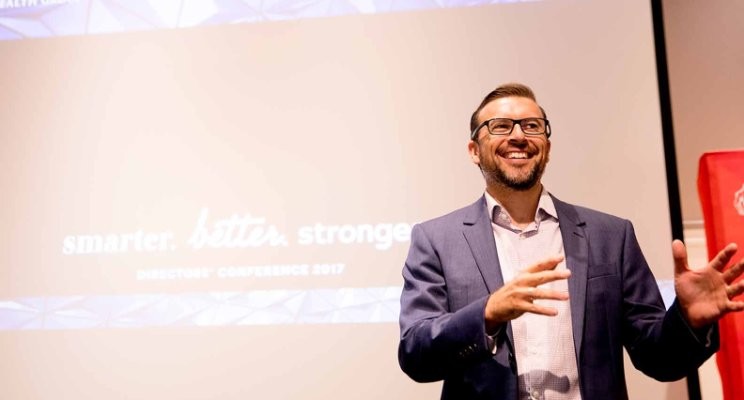‘10X’ is an iconic symbol that has come to mean something specific in our contemporary pop culture.
10X is a shorthand that originated in Silicon Valley where software engineers were expected to achieve ten multiples of productivity through the automation of a process using digital code. The phrase is used more generically now to translate into every area of life – even healthcare!
10X represents ‘growth beyond the norm’; multiplication; efficiency; impact; scale; results; leveraged productivity; gains that exceed the average expectation.
Who wouldn’t want to live a 10X life?
Interestingly, the media also refers to 10X companies – and denotes those brands and businesses that are so successful that they outperform the industry average by a factor of 10.
I wonder how this 10X concept relates to you? How impacting are you in your career? What would your peers or clients in the local practice reflect on as your effect on their lives?
Consider also your role within the home and the community. Are you having multiples of impact that exceed the norm?
I don’t know about you, but I want to be a multiplier. For my family; in my work; in all-of-LIFE!
Are you a 10X person?
One of my favourite stories that demonstrates the 10X phenomenon is the race to the South Pole by Amundsen and Scott. Jim Collins shares this story in work Great by Choice and it often emerges when I’m facilitating leadership training.
In 1911, two teams set off on a race to become the first explorers to reach the South Pole. One team, led by Roald Amundsen got there first, planted the Norwegian flag and returned safely. Robert Falcon Scott’s team arrived at the pole 34 days later. Losing the race was devastating but things got even worse on the journey back. They never made it home; every member of the team froze to death.
So why did these two teams have such different fates? 10X mentality was one major difference.
Just as Amundsen and Scott faced uncertain conditions in the Antarctic, we in allied health care too face turbulent and ever-changing environments. Don’t let conditions determine your success; prepare to survive and thrive in any environment. The way to succeed is to follow Amundsen’s example: be prepared for any eventuality with a 10X paradigm.
1. First, 10X-ers display Fanatic Discipline. Discipline in this context does not mean you have to obey orders but rather show ‘consistency in action’. Once Amundsen had identified his route and created a schedule for reaching the pole, he never wavered from his plan. Likewise, once 10X-ers identify their goals and preferred methods, they stick to them doggedly.
2. Second, 10X-ers use Empirical Creativity when making decisions. What matters is evidence. They aren’t interested in others’ opinions or following the established consensus but in finding out what really works. Amundsen didn’t listen to the opinion of so-called “experts” when deciding the location of his base camp; he studied the evidence himself and chose an area no one had previously considered. Similarly, 10X-ers use evidence to help determine when and where they should innovate.
3. Finally, Productive Paranoia helps 10X-ers survive changes in their competitive environment. These leaders remain hyper vigilant; they are never comfortable but always fearful of what might go wrong. Amundsen ensured that he was prepared for the worst on his expedition. Likewise, 10X-ers channel their fears to create habits that prepare them, their peers and clients for difficult times.
Find a way to apply this 10X paradigm in your life and career. Decide to be a 10X-er in 2017. Make this year count!

















0 Comments